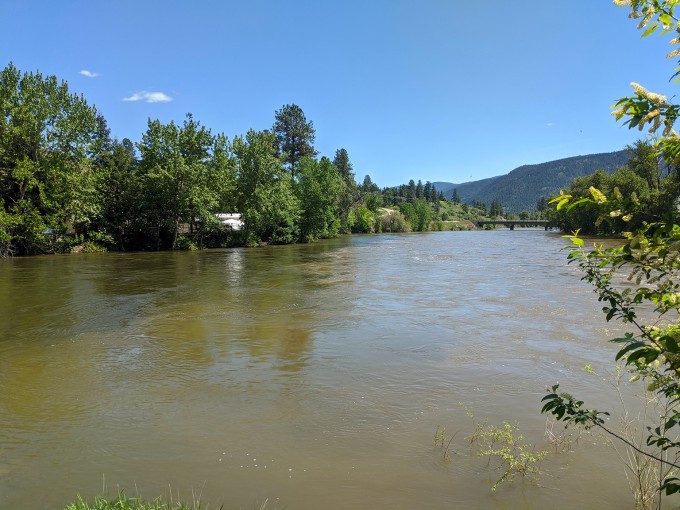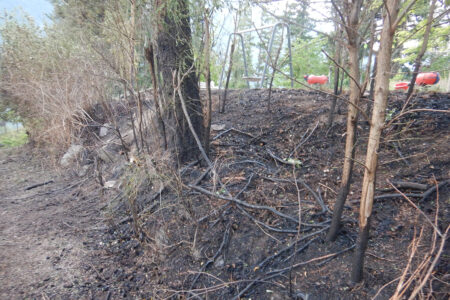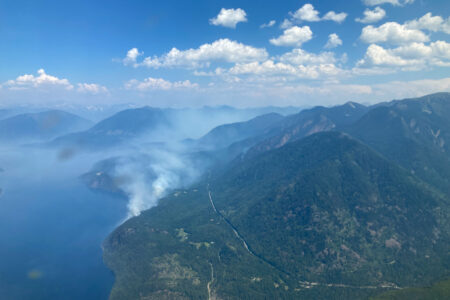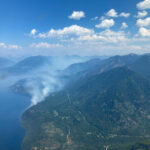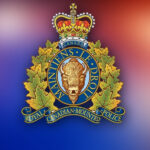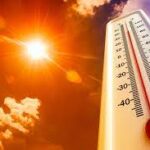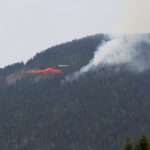Grand Forks Fire/Rescue Flood Preparation — Get ready
Freshet is just around the corner and the Grand Forks Fire/Rescue would like to remind everyone to be prepared for potential flooding.
As we know floods develop quickly so its important that we are ready well in advance.
Some of the key things to get ready in advance are:
Construct barriers to stop floodwater from entering the building, have working pumps on hand, unplug electrical appliances, keep and emergency supply kit , including water, stored in an easily accessible, waterproof place. Be prepared to evacuate, including fill your cars gas tank and most importantly evacuate if you are so advised.
During a flood:
Let someone know where you are going, help your neighbour, stay out of flood waters if possible, avoid the rivers edge and moving water, do not drive into flooded areas, stay away from downed power lines.
After the flood:
Do not return home until local authorities say its safe to do so, do not drink or cook with the tap water until authorities say its safe, Avoid floodwaters, which could be contaminated or electrically charged, watch for weakened roadways, clean and disinfect everything that got wet and service any damaged septic systems, pits and leaching systems as soon as possible.
Follow the RDKB (emergency.rdkb.com) and City of Grand Forks (grandforks.ca) website for updates on weather reports and flooding information.
Here is a quick check list in an event of a flood:
Before
- Check to see if you have flood insurance coverage.
- Raise your furnace, water heater, or electrical panel if they are in areas of your home that may be flooded.
- Install “check valves” in sewer traps.
- Construct barriers, such as levees, berms, or flood walls, to stop floodwater from entering the building.
- Seal walls in basements with waterproofing compounds.
- During a flood or flash flood watch, be prepared to evacuate, including fill your car’s gas tank; bring in outside furniture; move valuables to high points in your home; and unplug electrical appliances and move them to high points.
- During a flood warning, evacuate if you are so advised.
- During a flash flood warning, immediately seek higher ground.
- Keep your emergency supplies kit, including water, stored in an easily accessible, waterproof place.
During
- If time allows, call someone to let them know where you are going, and check with neighbors who may need a ride.
- Stay out of flood waters, if possible. Even water only several inches deep can be dangerous. If you have to walk through water, use a stick to check the firmness of the ground ahead of you. Avoid moving water.
- Do not drive into flooded areas. If your car becomes surrounded by rising water, get out quickly and move to higher ground.
- Stay away from downed power lines.
After
- Do not return home until local authorities say it is safe to do so.
- Do not or drink or cook with your tap water until local authorities say it is safe.
- Avoid floodwaters, which could be contaminated or electrically charged.
- Watch out for areas in which the floodwaters may have receded, leaving weakened roadways.
- Be extra careful when entering buildings that may have hidden structural damage.
- Clean and disinfect everything that got wet.
- Service damaged septic tanks, cesspools, pits, and leaching systems as soon as possible. Damaged sewer systems are a serious health hazard.


